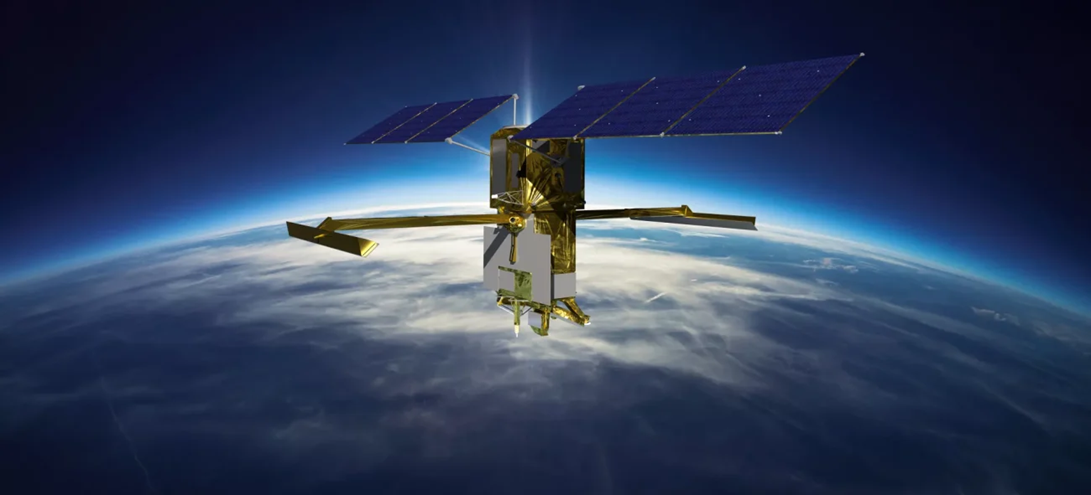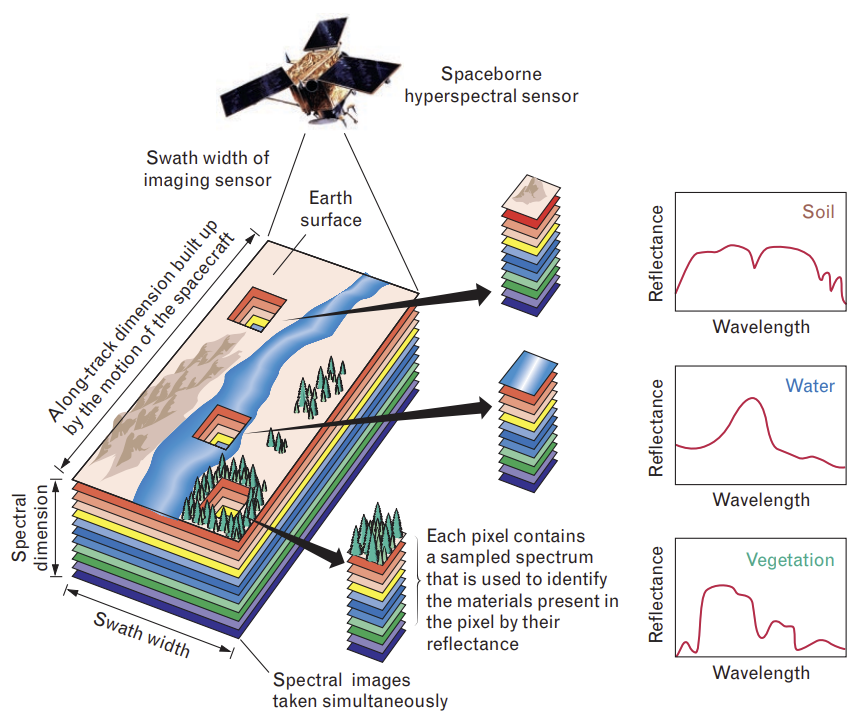- Courses
- GS Full Course 1 Year
- GS Full Course 2 Year
- GS Full Course 3 Year
- GS Full Course Till Selection
- Online Program
- GS Recorded Course
- NCERT (Recorded 500+ Hours)
- Polity Recorded Course
- Geography Recorded Course
- Economy Recorded Course
- AMAC Recorded Course
- Modern India, Post Independence & World History
- Environment Recoded Course
- Governance Recoded Course
- Science & Tech. Recoded Course
- International Relations and Internal Security Recorded Course
- Disaster Management Module Course
- Ethics Recoded Course
- Essay Recoded Course
- Current Affairs Recoded Course
- CSAT
- 5 LAYERED ARJUNA Mentorship
- Public Administration Optional
- ABOUT US
- OUR TOPPERS
- TEST SERIES
- FREE STUDY MATERIAL
- VIDEOS
- CONTACT US
TSAT-1A: INDIA'S FIRST PRIVATE MILITARY SPY SATELLITE
TSAT-1A: INDIA'S FIRST PRIVATE MILITARY SPY SATELLITE
10-04-2024

Tata Advanced Systems Ltd on April 7 announced the "successful deployment" of the country's first military-grade geospatial satellite, the Sub-metre Optical Satellite, which was assembled and tested in India. SpaceX's Falcon 9 rocket on Sunday (April 7) launched the TSAT-1A satellite from the Kennedy Space Center in Florida, US.
- This achievement follows the collaboration agreement signed between TASL and Satellogic in November.
|
What is TSAT-1A?
- TSAT-1A is India's first privately built sub-meter resolution earth observation satellite.
- TSAT-1A is an optical sub-meter-resolution Earth observation satellite that was built by Tata Advanced Systems Limited (TASL) in collaboration with Latin American company Satellogic Inc.
- It was assembled in TASL's Assembly, Integration, and Testing (AIT) plant in Karnataka and was launched by SpaceX's Falcon 9 rocket from the Kennedy Space Center, Florida.
|
Key Features of TSAT-1A
- Key strengths in capturing military-grade imagery of Earth's surface with sub-meter resolution.
- Equipped with both multispectral and hyperspectral imaging capabilities, allowing data collection across a wide range of wavelengths
- Greater collection capacity, wider dynamic range, and low-latency delivery of data.
- The satellite is equipped to deliver high-resolution optical satellite images and is expected to achieve full functionality in a few months.
Benefits for Indian Defense Forces
- The TSAT-1A satellite will be used by the Indian Defense Forces to gather strategic information. It has the potential to enhance preparedness, response capabilities and strategic decision making.
- The satellite is a major step forward for India's space program and will help the country to better monitor its borders and respond to natural disasters.
- It is also a significant achievement for the private sector, which is playing an increasingly important role in India's space industry.
|
FAQs:
Q1: What is hyperspectral imaging?
 Hyperspectral imaging (HSI) is a non-invasive technique that uses light to analyze the structure of objects and surfaces by breaking the light into spectral bands. HSI provides spectral information for each pixel, in addition to 2D spatial images.
Hyperspectral imaging (HSI) is a non-invasive technique that uses light to analyze the structure of objects and surfaces by breaking the light into spectral bands. HSI provides spectral information for each pixel, in addition to 2D spatial images.
HSI has many applications, including:
- Agriculture, Waste sorting and recycling, Eye care, Food processing, Mineralogy, Surveillance, Astronomy, Chemical imaging, Environment, and Civil engineering
Must Check: Best IAS Coaching In Delhi



